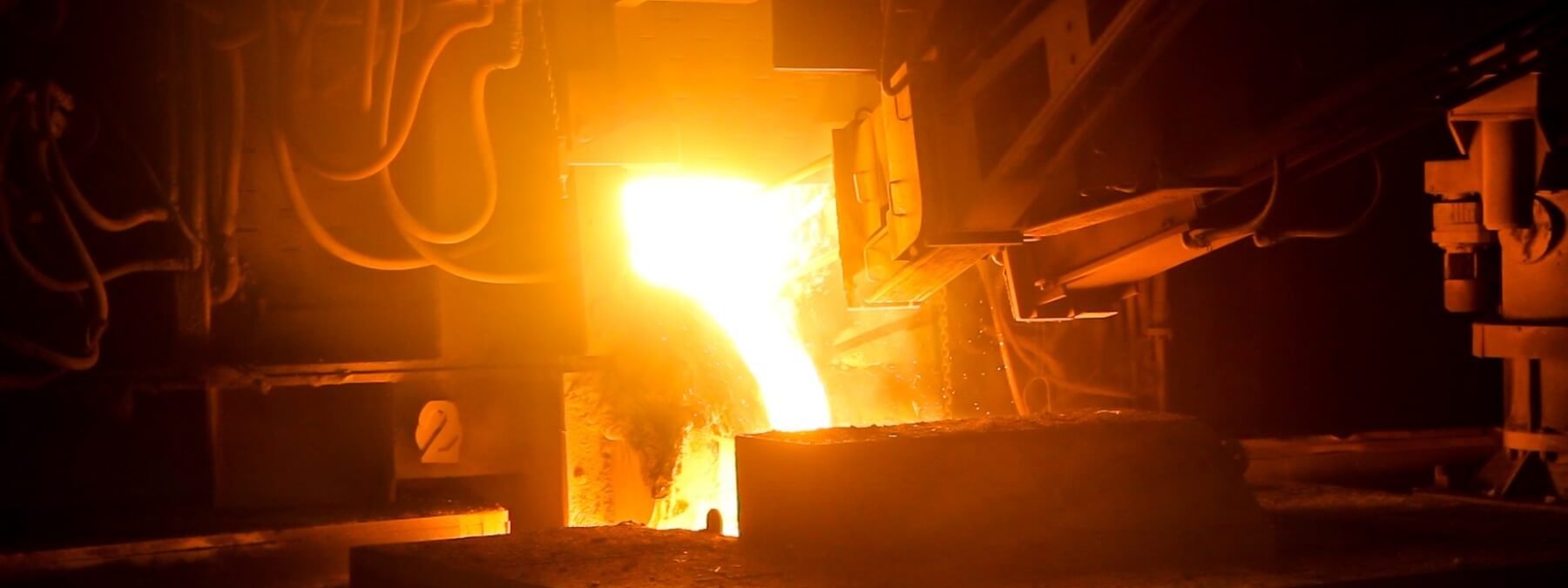An exciting proposal has been put forward by the Australian Energy Market Commission to allow businesses to sell their curtailed energy demand – negawatts – into the wholesale power market in a bid to drive down prices.
If the rule change is approved, it is expected to be introduced in July 2022.
The proposal continues to build on the Demand Response Programme, which seeks to reward participants for cutting back their energy use during times of peak demand – particularly in the evening during summer.

The concept of financially rewarding energy consumers for cutting back on consumption was first developed by US physicist Amory Lovins in 1989. While reading a report, he spotted a typo – someone wrote negawatt instead of megawatt.
He coined the term to describe energy saved through cutting back or efficiency, pushing the idea that these were the best way to meet the increasing demand for power. It’s a clever turn of phrase- negawatt can be described as negative megawatt consumption.
There are different types of demand response: wholesale; emergency (for example, participating in the RERT); network (for example, using demand response to offset the need for network build); and ancillary services (for example, load offering in to manage frequency). While the equipment that provides these different types of demand response is often the same, the services provided are distinct.
How demand response and negawatts work in the wholesale electricity market
There are three main types of wholesale demand response:
1. Customers can provide direct load control of their appliances to a third party (like a network business or retailer);
2. Consumers can choose a time to use retail contract or a contract with direct exposure to wholesale prices and cut their electricity use at high price times
3. Third parties can be allowed to bid demand reductions into the wholesale market as a substitute for a generation under a wholesale demand response mechanism.
The first two types of demand response are already happening in the NEM. The third type would be established by the draft rule.
Negawatts – selling reduced demand into the wholesale electricity market
So, what is the AEMC actually proposing? As things stand, businesses can sign up to a voluntary demand response programme. When the grid is stressed, they can cut back on consumption in return for credits on their energy bill.
This is limited to businesses that have signed up to the scheme. The rule change proposes that a new mechanism is built into the Wholesale Energy Market when supply is tight and prices peak.
An alert would be sent out to industry and businesses, who would then be invited to put a price on the amount of energy consumption (negawatts) they are willing to give up in return for payment. Driving prices down hinges on economics. If it is cheaper for the NEM to purchase negawatts rather than extra megawatts that need to be generated, they will do so.
Put simply, rather than commission more energy generation (usually expensive fast peaking gas plants) they will simply pay the price asked by users to cut back on consumption if it makes more financial sense.
In effect, negawatts resulting for curtailment would be competing against the megawatts able to be supplied by generators. John Pierce, Chairman of the AEMC said: “The proposed rule change is another innovation that capitalises on technological change.
It is different in that it puts demand response directly into the wholesale market to effectively ‘compete’ with generation to meet unserved demand. All-day, every day, as long as consumers want to offer it up at a price they value.”
“Put simply, it means that if large energy users decide to sell their ‘demand’ into the market, they will be able to more easily and are likely to be rewarded more handsomely as new aggregators start to compete with retailers.”
What’s the catch?
The issues that are still to be resolved include the fact that the AEMC has recommended that a third party would manage the bidding process.
But how is that going to be transparent? The AEMC has come up with the concept, but there has been no elaboration on how a third party, in a trusted way, can curtail load on behalf of a customer, and bid it into the market.
Retailers have also given a lukewarm response to the proposed change because the move will impact on their profitability.
What has the response to the negawatts proposal been like?
BlueScope Steel has gone on record, saying that they had been calling for the draft rule changes for a number of years which would take the pressure off the electricity grid and lower prices.
“The rule change provides opportunities for large energy users like Bluescope to more actively manage their electricity costs; cutting back use where it makes sense and selling that electricity back into the wholesale market,” the spokesman told the Australian Financial Review.
“This will have benefits for all consumers by reducing peak demand and taking the pressure off the grid.” Energy Users Association of Australia Chief Executive Andrew Richards has also said the measure should result in cheaper wholesale electricity prices.
“Just as the grid is changing from a small number of large generators to a large number of smaller generators, so too will the demand-response rule change enable a large number of businesses to become more flexible in their operations,” he said.
“This will collectively have enormous benefits by reducing wholesale prices, creating better outcomes for consumers.”
Australian Competition and Consumer Commission chairman Rod Sims said the proposed change was “profound” and would definitely benefit consumers through lower power prices.
Major Energy Users spokesman David Headberry said the demand response draft ruling, which had been a decade in the making, would allow more participants in the wholesale demand response process.
“A number of our members have been active in providing AEMO with Reliability and Emergency Reserve Trader (RERT) services as they see this as an important element of making the electricity market more secure,” he said.
The RERT is essentially a form of demand response where businesses sign up to a programme where they can curtail their energy use at times of crisis and be paid for it.
“Many MEU members are also active in the electricity market, where they take spot-price exposure and reduce their demand when prices are high. They see the new draft rule is an important extension to what they are already doing to make the electricity market more two-sided,” said Mr Headberry.
The Public Interest Advocacy Centre, one of the groups that lobbied the AEMC for the rule change, said the demand response rule would work better if it were introduced sooner than 2022 and included households. Craig Memery from PIAC said: “With the Liddell power station closing that year and summer peak energy demand continuing to grow, energy users can’t wait that long.”
“We think the new demand response market can, and should, have a staged introduction starting in 2020-21. We understand their concerns, but the problems are minor and solvable and the potential benefits of household demand response are high.”
Timeline
31 August 2018
AEMC received a rule change request from the Public Interest Advocacy Centre (PIAC), Total Environment Centre (TEC) and the Australia Institute (TAI) seeking to introduce a mechanism for wholesale demand response in the national electricity market.
18 October 2018
The Australian Energy Council (AEC) submitted a rule change request seeking to introduce a register for wholesale demand response.
21 October 2018
The South Australian Government submitted a rule change request seeking to introduce a mechanism for wholesale demand response. It also proposed to introduce a separate, transitory market for wholesale demand response.
15 November 2018
The AEMC published a consultation paper covering all three rule change requests
18 July 2019
Draft rule change published by AEMC
July 2022
Proposed introduction period for new wholesale negawatt mechanism
















